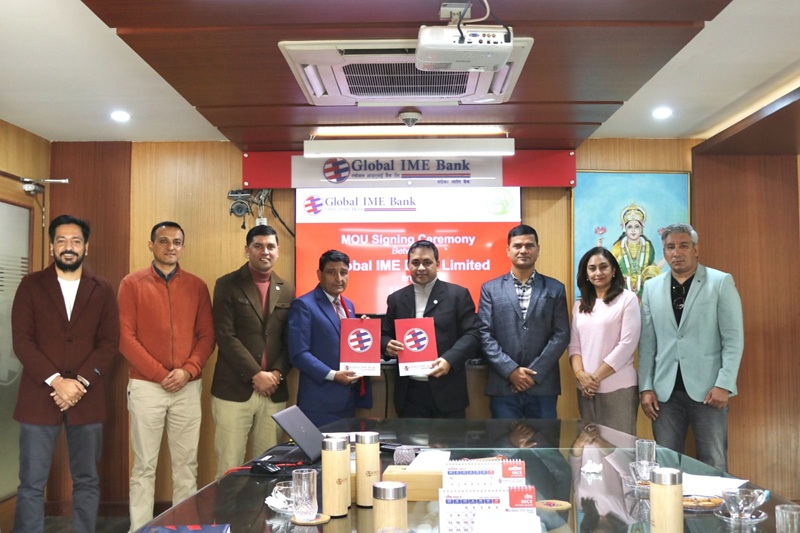Localizing Resilience: Training on the National Disaster Portal Integrated Information System
Disaster Portal Integrated Information
12th November 2025, Kathmandu
Digital technology is now the frontline defense in effective disaster management.
Disaster Portal Integrated Information
The National Disaster Risk Reduction and Management Authority (NDRRMA) is actively leveraging this power. The Authority recently launched a crucial training program in Morang, Koshi Province.
This training focuses on the localization of the Disaster Portal, which is the core component of the country’s developing Disaster Portal Integrated Information System. This digital platform is essential for rapidly sharing vital data and coordinating response efforts nationwide, demanding participation from all local levels.
The Evolution to an Integrated Information System
The core purpose of the training is to educate local government personnel on using the system effectively. According to NDRRMA Under Secretary Rajendra Sharma, the Disaster Portal is being actively developed into a comprehensive, integrated information system.
This evolution ensures that all data related to risk, preparedness, and response is centralized. Mr. Sharma emphasized that the successful implementation of this system absolutely requires the active involvement and genuine interest of local government bodies (local levels). Without accurate local data, national efforts remain incomplete.
Why Integration is Key for ICTFrame Readers
For an ICT audience, an integrated system means:
Real-Time Data Synthesis: The system actively collects and merges data from disparate sources—weather reports, geological surveys, and local damage assessments—into one dashboard.
Predictive Analytics: With comprehensive data, the system can begin to predict and model potential impacts, allowing authorities to pre-position resources.
Decentralized Access: The portal empowers local officials to access relevant national guidelines while updating their own jurisdictional information.
Localizing the Digital Response
The localization aspect of the training is crucial for practical disaster risk reduction (DRR). The vast majority of disaster impacts are felt at the municipal and village levels.
Lokraj Dhakal, Chairman of the Nepal Red Cross Society, Jhapa, expressed confidence in the initiative. He believes the training will significantly help local units in two key areas:
- Accessing Information: Local bodies will now find it much easier to extract necessary information and advisories from the national portal.
- Data Updates: They can confidently update and manage the data specific to their municipality or district, ensuring the national database is current and relevant.
This two-way flow of information is the technical foundation of national resilience.
Participation and Technical Scope
The three-day training session was comprehensive. It saw participation from two distinct groups: disaster contact persons and Information Technology (IT) management staff. This dual attendance ensured both the managerial and technical aspects of the portal were covered.
The training included personnel from all sixteen local municipalities in Morang District. Furthermore, in a commitment to national outreach, participants from Jumla’s Chandannath Municipality in Karnali Province were also included.
Technical Deep Dive
NDRRMA technical experts conducted the sessions, which likely covered: Data Entry Protocols: Standardizing how risk assessments, vulnerability maps, and post-disaster damage reports are entered.
Geographic Information Systems (GIS): Training on utilizing the portal’s integrated GIS tools for mapping hazards and vulnerable infrastructure. Communication Flow: Establishing clear digital channels for reporting incidents and receiving alerts.
The national focus, including remote areas like Jumla, demonstrates a commitment to building a truly ubiquitous and robust Disaster Portal Integrated Information System. The effort ensures that technology actively supports every citizen’s safety, bridging the digital divide in emergency management.
For more: Disaster Portal Integrated Information








